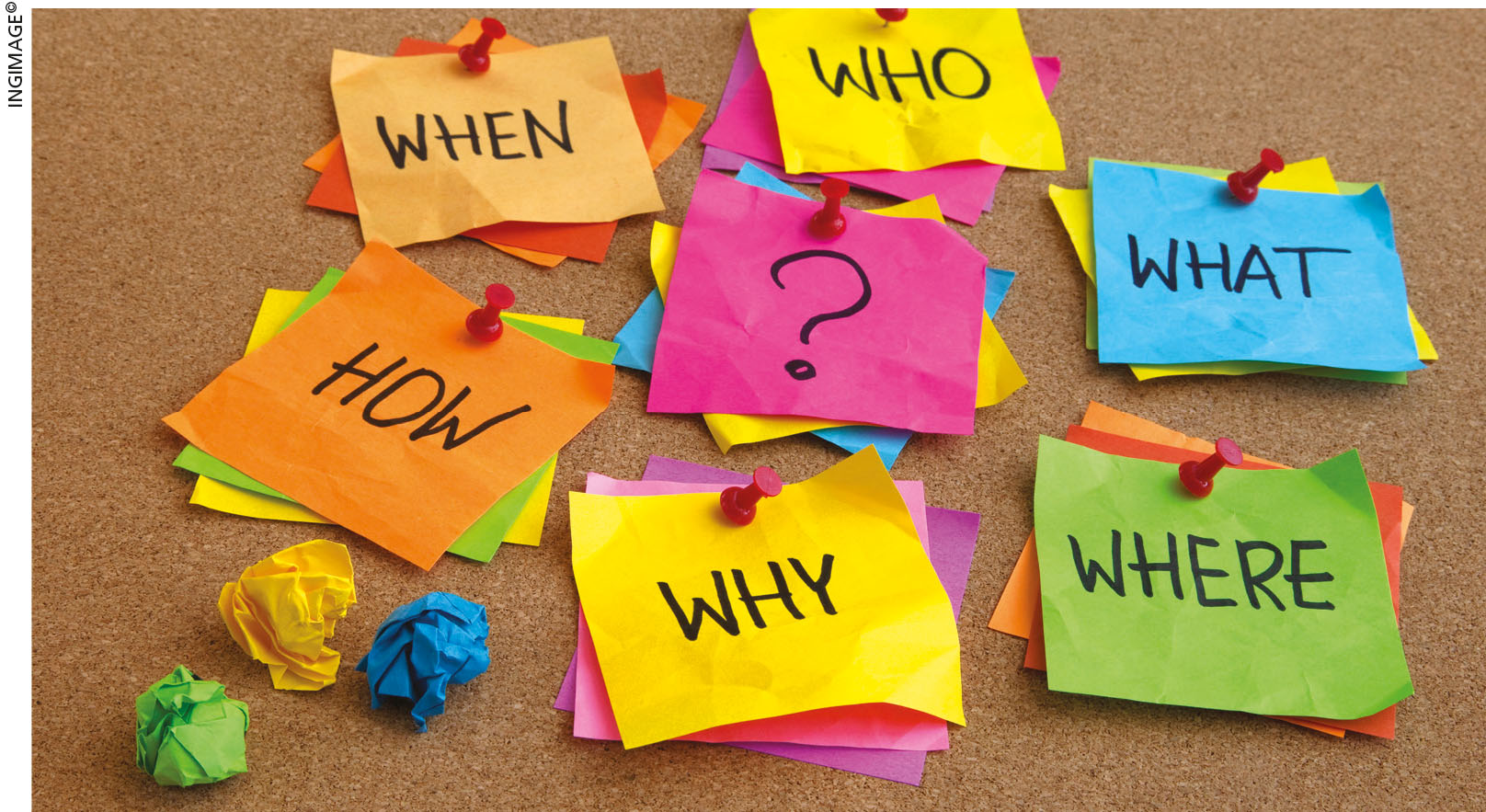DECISION MAKING
TACKLING ANALYSIS PARALYSIS
A number of factors drive poor decision making in business – Gloria Spittel
Making decisions whether in a personal or professional capacity can be a tedious task that’s fraught with risks and accountability for the outcome.
In some instances, the presumption of risk bearing and consequences inundate the decision maker, rendering him or her incapable of deciding. This could lead to an undesirable outcome similar to a bad decision or even be used against the decision maker in performance reviews.
Meanwhile, others can suffer from severe stress involved in the decision-making process.
The stressful condition is only made worse if previous decisions led to unfavourable or regrettable outcomes, which feeds into the initial position of feeling stressed in the decision-making process. Here are some reasons why people make bad decisions and a few techniques to overcome them.
While stress is a common cause for poor decision making, it is not the only reason although it’s part and parcel of some causes that result in bad decisions – such as emotional involvement.
For too long, emotions have had a bad reputation for impeding or influencing decision making. But it is absurd to expect objective decision making as many of us have biases (both conscious and unconscious) and prejudices that ultimately affect the process.
Having said that, recognising biases and emotional states such as anger or happiness, and refraining from making decisions in these states should be a constant reminder and goal for self-control. A method that could help with understanding yourself better is writing down non-actioned decisions made under extreme emotional pressure and evaluating them once the state has passed.
Heightened emotional states do not occur in a vacuum. They’re the consequences of an individual’s personal, professional and external environment. This means there are factors that individuals can control and those that they would have to wade through.
For example, situations of political instability or breakdowns in law and order, which thwart individuals from practising their religious beliefs and culture in the open, can be stressors as well as distractions.
In the workplace, distractions can also occur in the form of technology and communication advancements, so that everyone being connected all the time, uncertain futures and threats of being replaced by either robots or humans add to employees’ inability to focus.
Of course, distractions are commonplace so individuals have to make a concerted effort to unplug themselves from communication and social media platforms, and prioritise the allocation of time and energy to tasks.
Pummelled by distractions, individuals inadvertently multitask. This is not a new phenomenon and nor is it occasional; in fact, it is a part of our daily lives. But concentrating on two or more tasks that require cognitive engagement could result in inefficiencies in decision making as well as completing tasks.
In the interest of time, multitasking will continue to be an important informal strategy in the workplace but when important decisions or work looms, it pays to set aside time to focus on a single task.
At work, a factor that impedes good decision making is data or rather, the availability of information required to make decisions. The inability to retrieve required information could be due to organisational failures in communication, individuals withholding knowledge or the failure to ascertain more than the bare minimum to make decisions.
In these scenarios, upper management would need to strategise information flows and the acquisition of resources needed to ensure appropriate inputs.
But here’s the caveat: the more information or data that individuals include in their decision-making process to reach robust and well-formed decisions, the higher the chance that they may suffer from analysis paralysis.
The increased information that needs consideration also lengthens the time frame in which a decision can be reached. For time sensitive decisions, this process could spell disaster.
What’s necessary to prevent a situation of analysis paralysis is identifying parameters beyond which information or data will not be sought, setting guidelines on what will be filtered into the process and building a framework that is open to receiving details while limiting the effects on the decision-making process.
This may seem counterintuitive but in practice, a framework that enables the collection of data will ensure that information is stored and retrievable for future decisions if needed.
Beyond these preexisting conditions that constrain decision making, individuals can also suffer from decision fatigue – a situation in which they’re mentally (if not physically) exhausted by having to constantly make decisions in a short and usually tense period but also in repetitive tasks.
To mitigate fatigue, it is probably best to tackle difficult tasks when energy levels are high and take breaks during repetitive decision-making tasks.
Decision making is a hard process – it requires time, energy and information to achieve the right results.







Leave a comment